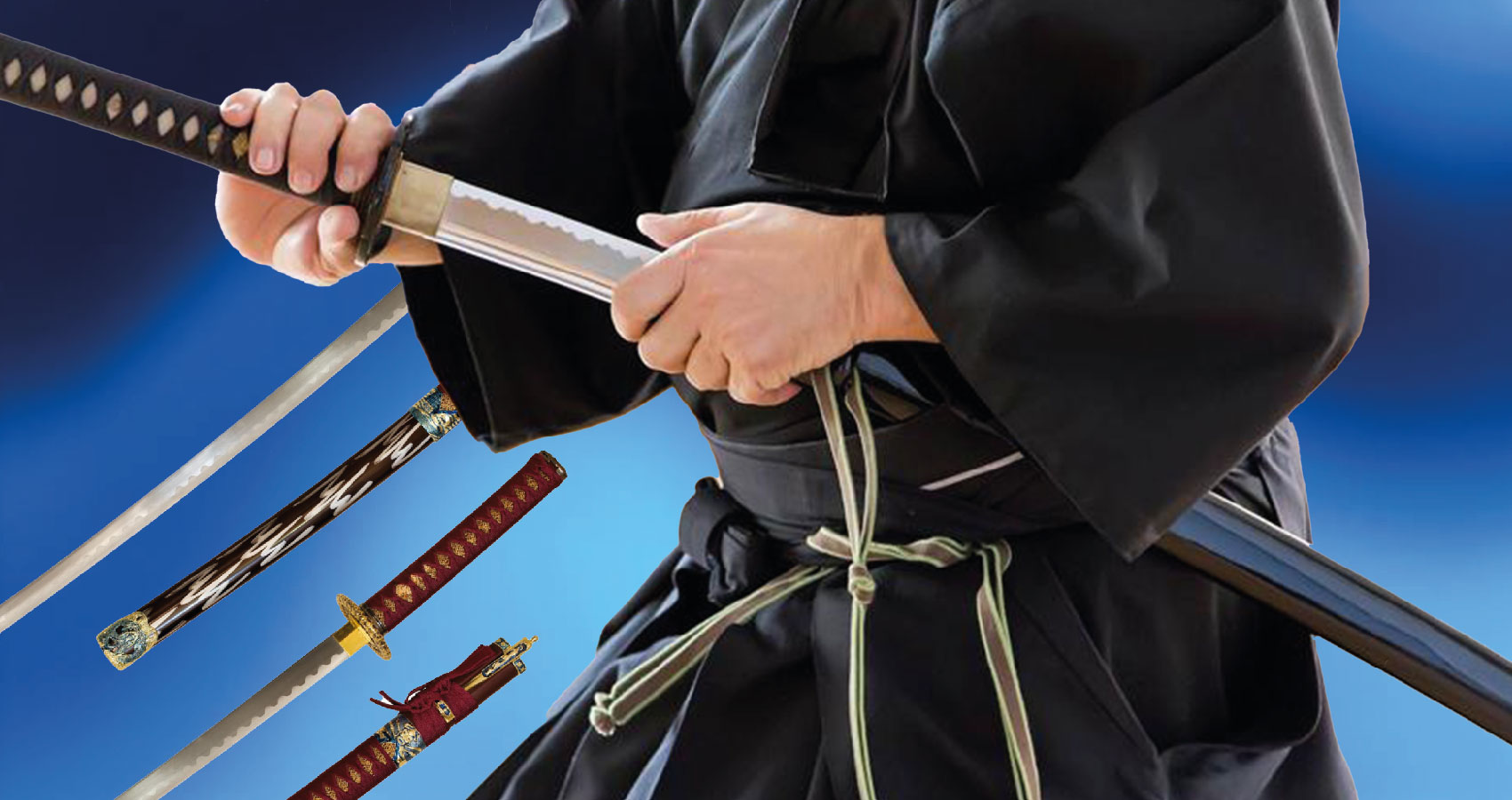
Katana Care 101: Maintaining Your Sword for Longevity
Preserving the Art of the Katana.
A katana is more than just a sword—it is a piece of history, a work of craftsmanship, and a symbol of discipline. Proper care ensures its longevity, whether displayed, collected, or used for martial arts practice. Maintaining a katana requires attention to detail, from cleaning to storage, to keep it pristine for years.
Cleaning Your Katana: Essential Steps
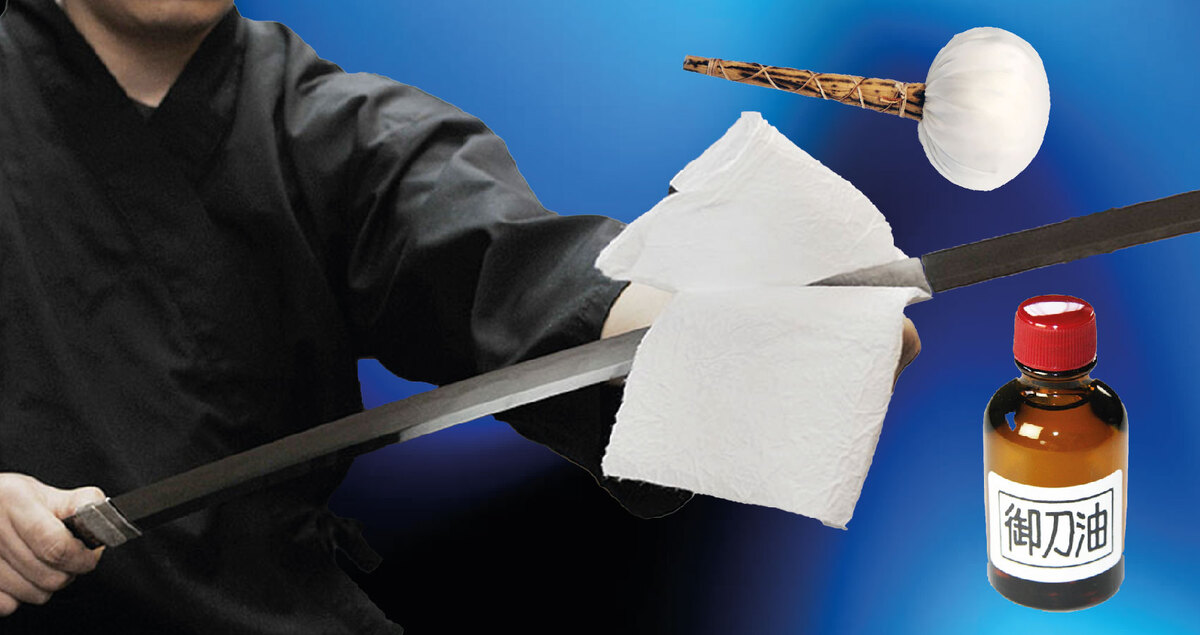
Wiping the Blade After Use
A katana’s steel is highly susceptible to rust, making regular cleaning essential. Fingerprints and moisture can cause corrosion, so always wipe the blade after handling it. Use a soft microfiber cloth or a dedicated sword-cleaning cloth to remove oils and residue before storing it.
Applying Choji Oil
Traditional choji oil protects the blade from oxidation and rust. A thin layer applied with a lint-free cloth creates a barrier against moisture. This step is crucial in humid environments, where metal is more prone to corrosion.
Using Uchiko Powder for Deep Cleaning
For katanas that see frequent use, uchiko powder helps remove excess oil, dirt, and oxidation. Lightly tapping the powder onto the blade and wiping it away with a clean cloth restores its polished surface while preserving the integrity of the steel.
Proper Storage to Prevent Damage
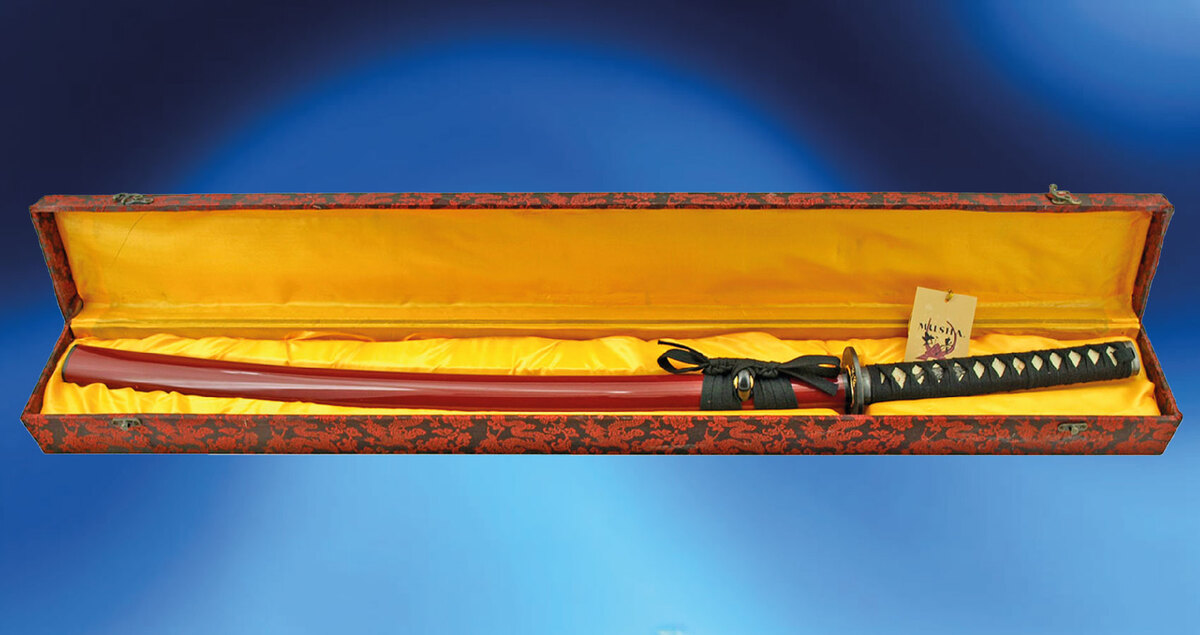
Choosing the Right Display or Storage Option
How a katana is stored affects its longevity. Keeping it in a dry, cool place prevents moisture buildup, while a wooden saya (scabbard) lined with natural wood absorbs any residual oil, keeping the blade dry.
For display, ensure the katana rests horizontally, with the edge facing upward to prevent unnecessary pressure on the blade. Vertical storage should be avoided unless in a controlled display case, as gravity may shift the blade and affect its alignment.
Avoiding Direct Sunlight and Humidity
Prolonged exposure to sunlight can cause the saya’s finish to crack and fade. Similarly, storing a katana in a damp area leads to rust. Keeping the sword in a temperature-controlled environment ensures long-term preservation.
Maintaining the Katana Handle and Fittings
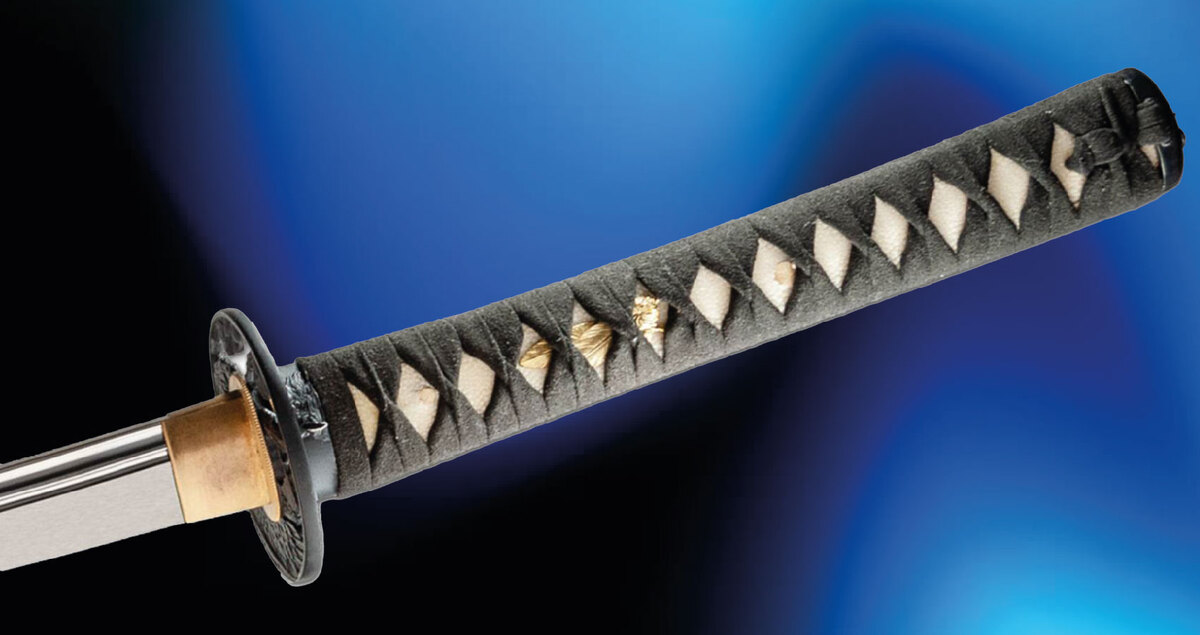
Caring for the Tsuka (Handle)
The tsuka, often wrapped in silk or leather, requires occasional maintenance. Dust and grime can accumulate over time, affecting grip and aesthetics. Gently wiping the handle with a dry cloth maintains its texture and durability.
For katanas used in training, checking the tightness of the wrapping ensures stability. Loose wrappings can affect handling and should be rewrapped if necessary.
Inspecting the Tsuba (Guard) and Fittings
The tsuba, seppa (spacers), and fuchi (collar) should remain secure. Periodic checks ensure no parts are loosening. If fittings shift, they can be adjusted with careful tightening, avoiding excessive force that may damage the sword’s structure.
Handling and Care During Practice

Safe Practices When Using a Katana
A katana is designed for precision and should always be handled with care. Practicing with clean hands prevents sweat and oils from transferring to the blade. Using a cloth to wipe down the handle after extended practice sessions keeps it free of excess moisture.
Avoiding Contact with Hard Surfaces
A katana’s edge is razor-sharp but also delicate. Striking hard surfaces or using improper cutting techniques can chip or dull the blade. Practicing with proper form ensures the edge remains sharp and undamaged.
When to Seek Professional Maintenance
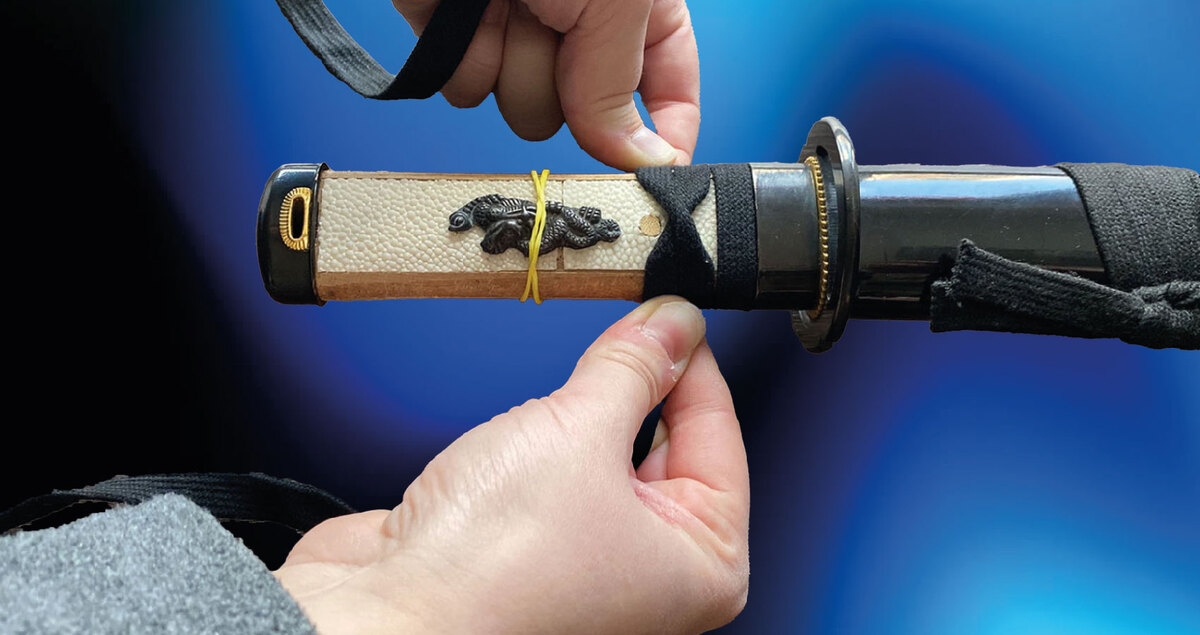
Polishing and Blade Restoration
Over time, even a well-maintained katana may need professional polishing. If scratches, stains, or minor rust spots appear, a specialist can restore the blade without compromising its structure.
Re-Wrapping and Refitting
A professional swordsmith can replace the tsuka wrapping with authentic materials if it becomes loose or worn. Similarly, if fittings become damaged or aged, replacing them ensures the katana remains functional and visually stunning.
Where to Find Quality Katanas and Maintenance Accessories
For those passionate about authentic Japanese swords, www.samuraiswordstore.com offers a selection of high-quality katanas. With expert craftsmanship and premium materials, these swords are designed to last for generations when properly cared for.
Conclusion
Caring for a katana is an essential part of owning one. Regular cleaning, proper storage, and mindful handling keep the sword pristine. Whether displayed, practiced with, or collected, maintaining a katana ensures its beauty and functionality remain intact. A well-preserved sword honors tradition and retains its value and significance for years to come.











